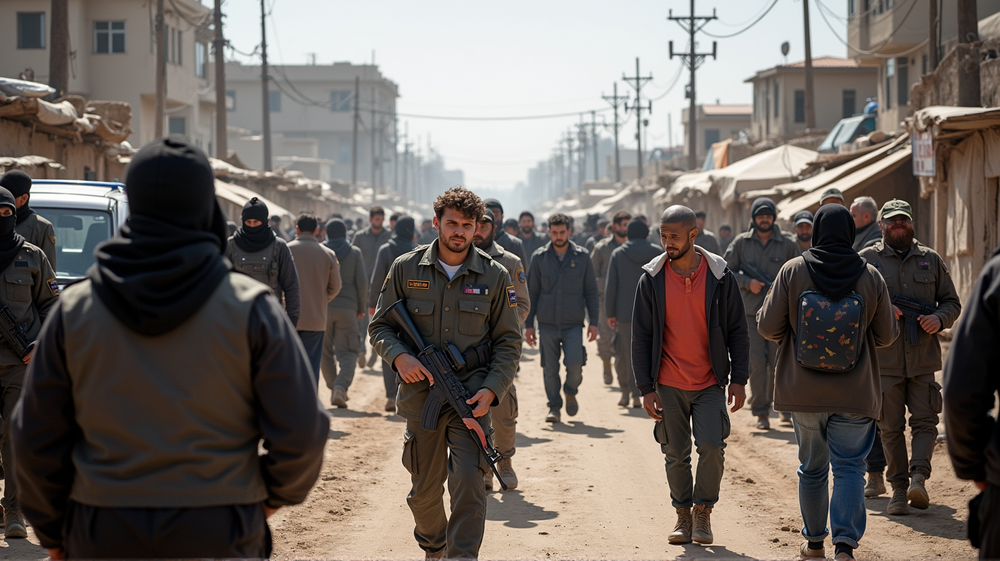A recent tragedy unfolded in Gaza, where at least 20 individuals lost their lives in a chaotic scene at an aid distribution center operated by the US- and Israel-backed Gaza Humanitarian Foundation (GHF). This incident has sparked intense controversy and raised difficult questions about the safety and ethics of aid distribution practices in the region.
The Incident: Stampede and Chaos
As reported, a stampede occurred at a GHF site in Khan Younis, leading to the tragic death of 19 individuals who were trampled and one who was allegedly stabbed. The circumstances surrounding the incident are contentious, with conflicting narratives from different sources. According to BBC, the organization accused armed individuals affiliated with Hamas of inciting unrest, a claim that Hamas governmental representatives have vehemently denied.
Conflicting Accounts
Nasser hospital, the local medical facility, recorded the alarming number of fatalities, citing suffocation due to tear gas inhalation and the crush as the causes. Onlookers shared graphic footage of the tragic aftermath, illustrating the devastating impact on innocent lives, particularly children who were present at the site.
Eyewitness Testimonies
Firsthand accounts from survivors narrate a harrowing experience. One witness described how aid beneficiaries were trapped between newly erected fences while desperate for sustenance. An injured individual recounted how the closure of gates by security contractors led to mounting pressure in the crowd, causing panic and injury.
Controversy Over Security Measures
Amidst this tumult, the GHF and Hamas-run Government Media Office present opposing viewpoints regarding the security responses, particularly the usage of crowd-control measures such as pepper spray. The GHF maintains its stance that no lethal force was used, while allegations from other parties suggest otherwise. This raises pertinent questions about the appropriate use of private security in humanitarian contexts.
Humanitarian Crisis in Context
This tragic event brings to light the broader humanitarian crisis in Gaza, characterized by a severe shortage of essential aid and rising desperation among the population. As acknowledged by the UN human rights office, hundreds of thousands face life-threatening conditions as they vie for scarce resources. The issue of safe and ethical aid distribution is paramount, and calls for urgent action and reevaluation of current practices are intensifying.
Future Implications
With growing global scrutiny, pressure mounts on involved parties to ensure the safety and dignity of civilians seeking aid. This incident serves as a stark reminder of the complexities and moral imperatives at play in crisis zones, urging an immediate reassessment of strategies employed by humanitarian entities.
To conclude, navigating the minefield of delivering aid in conflict zones necessitates an unwavering commitment to the humanitarian principles of neutrality and impartiality, ensuring that those in need receive assistance without falling victim to conflict-induced chaos.












